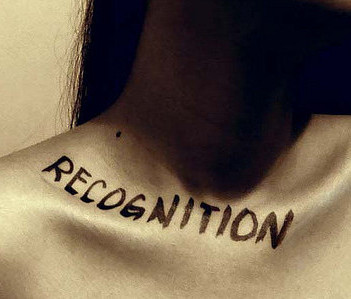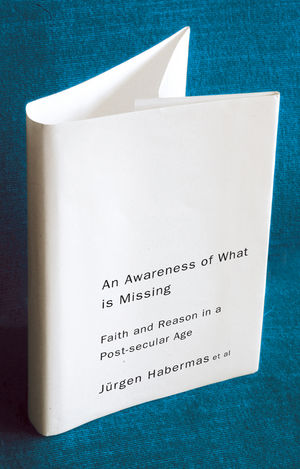In the last decade or so, the web has often been associated with the idea of public participation; a space, virtual but real, in which individuals’ sense of agency can be enacted through their involvement in both collective and individual action. There is no denying that the social web can and has in some cases opened up spaces for voices to be heard. Take Martha Payne’s blog as an example, and we can quickly realise that the social web can indeed be a powerful and effective form of diffusing information and ideas. But can it also be a space of participatory democracy?
Understandings of participatory democracy have been mainly distinguished by two different theoretical traditions: social choice (Arrow, 1951) and deliberative communication (Habermas, 1986). Social choice theory is based on a mathematical model aiming to describe democracy through the aggregation of information with regards to group choices. Deliberative democratic theory, on the other hand, is more interested in exploring the mechanisms of deliberation crucial to the process of decision-making.
In supporting the exercise of citizenship beyond the electoral vote by emphasizing citizens’ rights and duties to participate in the public sphere, deliberative democracy is carried out through a process of discussion and negotiation with the ultimate goal of achieving ethical resolution of the social issues under consideration. Underlining this argument is the assumption that citizens want to resolve their conflicts through reflexive and communicative action, rather than violence. Yet, as Habermas (1998) reminds us:
Given the differentiated forms of life characteristic of pluralistic societies, such an effort is doomed to failure (…) [as] the critical appropriation of their strong evaluations leads to competing conceptions of the good.
Hence, what we more often than not get are opposing arguments that become enclosed in the belief system that such arguments create rather than a multiplicity of voices engaged in deliberative and reflexive action.
As such, I am tempted to think that the web is somehow enhancing such divide rather than providing a space for deliberative democracy and citizen participation . Even though platforms such as Facebook, Youtube and especially Twitter have often been regarded as sites ripe for participatory democracy – by providing citizens with a platform for self and collective expression – there is very little evidence that such tools are facilitating deliberative and communicative action. I will briefly illustrate this point with two current examples. The first relates to the Independence Referendum conducted in Scotland and the other one to the Marriage Referendum currently underway in Ireland. Although these are two very different issues in two different nations, the approaches citizens have developed in both countries to express their points of view are very similar.
A close look at the twitter activity and relevant #tags makes it easy to note that communicative action between both sides of the argument is scarce, if nonexistence. Instead, what we witness is one side of the argument gaining momentum online whilst the other side quietly organising their contestation in more conventional ways; mostly likely by exercising their right to chose for which side to vote. Both parties seem to keep their own arguments within their own spheres of interest and influence.
In the weeks building up to the #IndieREF Twitter and Facebook alike were inundated with messages from YES campaigners. The intensity of the twiteratti in favour of independence was such that online campaigners were convinced that imminent change would happen for Scotland. What they did not consider however was the conditions of the world they had themselves created and in which there was hardly any room for contestation of the ideas put forward. Theoretically speaking, they engendered a world where discussion and reflection was replaced with their own strong evaluations of how citizens should vote. What the web facilitated here was the congregation of like-minded social capital.
I now fear that the same might happen in Ireland. A quick scan through the #MarRef tweets unveils a very strong presence of the YES campaign. Not surprisingly, it also reveals a pronounced absence of the NO supporters. What this discloses to me is the lack of any effective rational discourse in which the ‘unforced force of the better argument alone determines the “yes” or “no” responses of the participants’. (Habermas, 1988).
And so, in answering the question with which I titled this post, I am left to believe that currently the web as a space of social inter-relations is mainly creating echo chamber effects of groups’ perspectives, beliefs and ideas rather than facilitating instances of discussion and reflection aimed at democratic deliberation. What we see online is not very different from what we see off-line: the imposition of one view over another. Still, what may be slighlty different is that the ‘voiceless’ are acquiring a voice (in this case, the YES campaign), but isn’t that the voice that was already heard within the spheres in which they already have influence? What we often forget is that developing a voice is not the only form of manifestation. It is worth noting that silence (NO) is also a powerful form of expression; one that can be as noisy as voicing our ideas. Yet, neither are necessarily a form of communication, let alone a method of reflexive deliberation.
References:
Habermas, J. 1986. Between Facts and Norms: Contributions to a Discourse Theory of Law and Democracy Cambridge, Mass.: The MIT Press.
Habermas J. 1998. The Inclusion of the Other: Studies in Political Theory. Cambridge, MA: MIT Press










